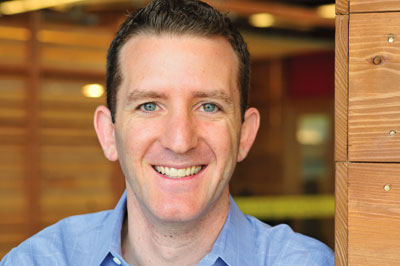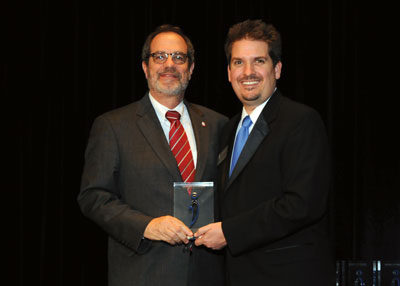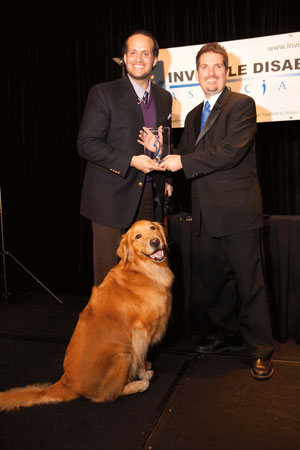Sensitivity to the challenges of disabled people has come a long way, but what if the disability is something you can’t see, that has no effect on a person’s outward appearance? People with “invisible” disabilities are often stigmatized, whether overtly or by implication.
Prejudice in this case is based on misjudging appearances, according to Wayne Connell, founder and president of the Invisible Disabilities Association (IDA). “Saying you look well when you’re sick is prejudice,” he says. “They are ill, they’re not lazy or faking it or liars or any of those things.”
It’s also important to believe people when they say what they can and can’t do. The tendency is to say “you look like you can,” which implies their illness is imagined, says Connell, who estimates that only about 80 percent of people who are disabled use an assistive device. That’s an interesting statistic to apply when you’re tempted to judge whether a person who appears healthy should reserve the use of a disabled parking space for someone who needs it more. “The person you are trying to defend may be standing in front of you.”

Founded as a 501(c)(3) nonprofit corporation, IDA’s goal is to “encourage, educate and connect” people touched by pain and disabilities around the globe. One goal is to help the caregiver grasp the true impact of an illness or condition they can’t see, and to understand that the 40- or 50-year journey of living with a person who suffers an invisible disability is worth it. The other goal is to touch the person with the invisible illness or pain to help them understand that they are not alone and don’t have to be ashamed. Shame comes both from the nature of some invisible diseases, which include mental conditions such as post traumatic stress syndrome or bi-polar disorder that continue to be stigmatized, and from implications—or sometimes even outright statements—that the “invisible” conditions are imaginary.
Connell was moved to found the organization in 1997 based on the experiences of his wife, Sherri, who suffers from multiple sclerosis and lyme disease and has been disabled for 21 years, although the conditions are not obvious when you meet her. “People say I can’t believe you married your wife who is disabled,” he says. “I married her; I didn’t marry her disability. It’s not easy, but it’s worth it.
“The focus of the organization is to look at the common human experience of how people interact to these conditions. We’re not curing a person’s illness, we’re curing the heart. Sometimes what people say hurts more than the illness.” The organization addresses the relationships among people who are impacted by invisible illness, no matter what the illness is, and those they interact with.

The organization’s 60-page book, titled “But You LOOK Good,” helps people learn “the language of invisible disabilities,” and some 24,000 copies have been distributed around the world. Connell says the book can transform a marriage or other relationship. “We had a lady in New Zealand whose husband read the book and brought her tea and biscuits the next day. We have had husbands beg their wives for forgiveness because they finally understood.”
The book helps people know what to say, and sometimes more importantly, what not to say. Phrases such as “but you don’t look like anything is wrong” tend to minimize the seriousness of a person’s condition. It’s also better not to ask someone with a painful chronic condition “How do you feel?” The question puts the person in the uncomfortable position of either having to lie and say they feel fine or to respond truthfully, which can stop the conversation in its tracks. Better to ask “How are you doing?”

Also, commiseration can be fraught with insensitivity. For example, when a person with chronic fatigue syndrome says they’re so exhausted they can hardly make it, it is insensitive to respond “I’m tired, too,” followed by a laundry list of activities that led to the exhaustion. It really is two different states of being.
IDA includes an active social network of 4,000 people (www.invisibledisabilitiescommunity.org), and about 20,000 people a month visit the organization’s website (www.invisibledisabilities.org). The category of invisible disabilities is intentionally broad and includes thousands of conditions such as autism, fibromyalgia, chronic fatigue, multiple sclerosis, diabetes, chronic pain and chemical sensitivities. Basically anyone who suffers from a chronic condition who doesn’t exhibit outward signs of illness shares common experiences and social challenges. “These people will be invisible no more,” says the association’s mission statement. Videos of real people who suffer from various conditions are featured on the YouTube channel invisiblenomore.tv. Connell also writes a well-read blog at www.disability.gov.
